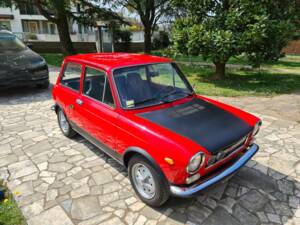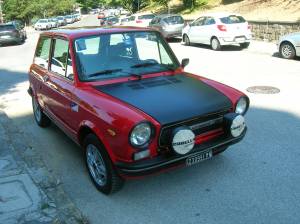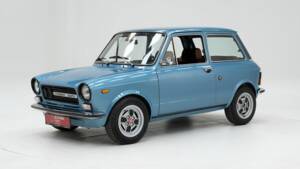- Car
- Autobianchi
- Autobianchi A112 (10 offers)
Autobianchi A112 classic cars for sale
The Autobianchi A112 is an agile Italian supermini, produced from 1969 to 1986 across eight series. It is renowned for its driving dynamics, variety of trim levels including sporting Abarth versions, and a robust supply of parts, making it an inviting choice for classic car enthusiasts. Its compact dimensions, distinctive 70s and 80s design, and strong community following further underline its appeal.
Search results

1972 | Autobianchi A112 Abarth
A112 Abarth 1st Series

1975 | Autobianchi A112 Abarth
A 112 Abarth 58HP seconda serie

1978 | Autobianchi A112 Abarth
1978 Autobianchi A 112 Abarth '78
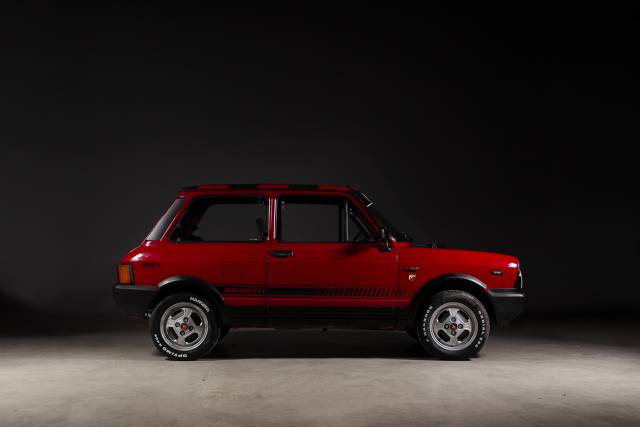
1984 | Autobianchi A112 Junior
AUTOBIANCHI A 112 B JUNIOR LOOK ABARTH FROM 1984
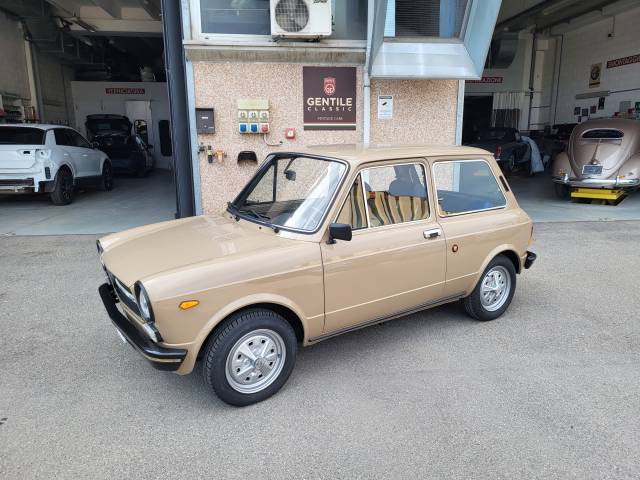
1973 | Autobianchi A112 Abarth
TUTTA ORIGINALE ! 58 CV RARISSIMA !
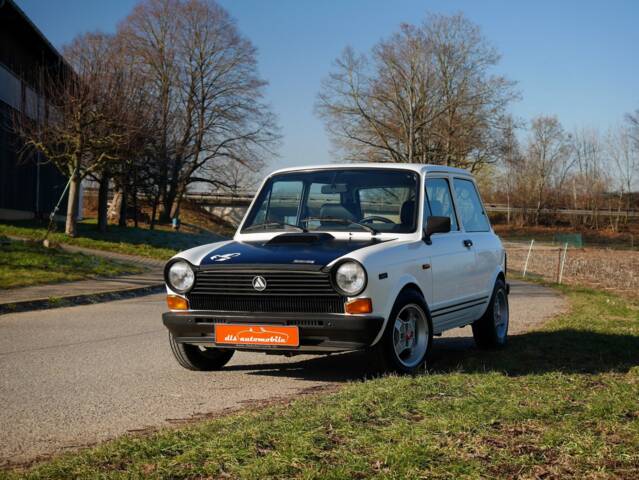
1982 | Autobianchi A112 Abarth
Autobianchi A112 Abarth 70HP // 5-Gang! // Gewinde-Fahrwerk // vollständig restauriert
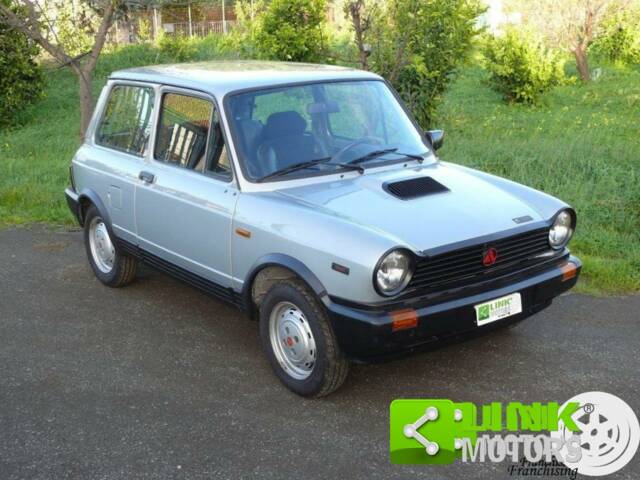
1983 | Autobianchi A112 Abarth
AUTOBIANCHI A112 Abarth 70HP

1982 | Autobianchi A112 Abarth
AUTOBIANCHI A 112 Abarth 70hp TARGA ORO
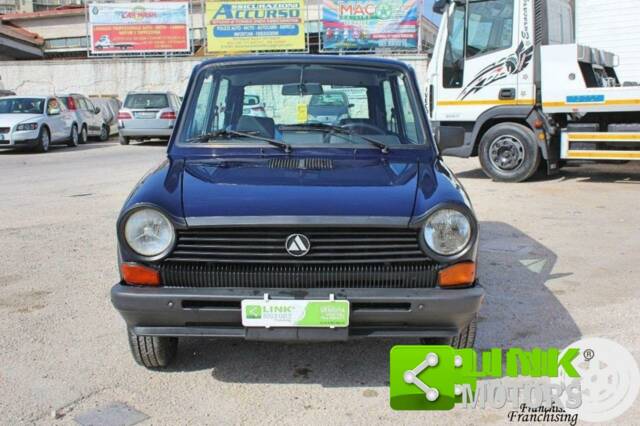
1981 | Autobianchi A112
AUTOBIANCHI A112 965 Elegant

1984 | Autobianchi A112 Abarth
AUTOBIANCHI A 112 1.0 Abarth 70 CV
History of the Autobianchi A112
The Autobianchi A112 made its debut in 1969 as a modern alternative to the outgoing Bianchina and Primula. Developed atop a compact version of the Fiat 128 platform, the A112 became an instant success with over 1.25 million units produced by the time production ceased in 1986. It came to represent Italian urban mobility in the 1970s and 1980s, being reshaped over eight distinct series. The model adapted to market trends, gaining refinements in both design and mechanics—most notably through the transition from Autobianchi to Lancia branding, and continuous enhancements in comfort and safety. Its story is inseparable from Fiat's broader push into the compact, front-wheel-drive segment, effectively bridging the gap to future icons like the Fiat 127 and the Autobianchi Y10.
Model History
The A112 was introduced in 1969 and evolved across eight separate generations. The first series set the tone with its practical boxy silhouette and emphasized visibility, while the second and third series added details such as new indicator lenses and expanded seating capacity. Major updates in 1977 saw a taller roofline and revised interiors, followed by incremental external and mechanical improvements through the fifth to seventh series. From 1977, some models were marketed as Lancia A112. The range included notable trims like Elegant, Elite, Junior, and the competition-inspired Abarth. The eighth series saw minimal changes before production ceased in late 1986. The A112's evolutionary path reflects Italy's fascination with compact engineering and stylish practicality.
Highlights and Unique Features
The Autobianchi A112 stood out for its nimble chassis, front-wheel-drive layout, and an array of petrol engines, ranging from a rev-happy 903cc to the potent 1050cc Abarth unit delivering 70 hp. The Abarth version, introduced in the mid-70s, pushed the boundaries of supermini performance and was a regular sight in motorsports and rallies. Subtle yet effective detail changes throughout its lifespan—such as unique alloy wheels, period-correct auxiliary lights, and motorsport-inspired instrument clusters—added to the car’s appeal among enthusiasts. The A112's functional two-door, hatchback body provided city-friendly proportions and surprising practicality. Interior options included sports seats, tachometers, and exclusive upholstery. The vehicle’s collectability is bolstered by its frequent documentation in historical registers and popularity in motorsport circles.
Technical Data
Special Editions and Collectible Models
Foremost among special variants is the Abarth, launched parallel to the Elegant trim. The Abarth combined increased displacement, twin carburettors, and exclusive sporting equipment, making it a staple in classic motorsport events. Other notable versions include the Elegant, Elite, and Junior trims, each featuring distinctive interior treatments and equipment. The ‘Maquillage 1982’ introduced fresh metallic paint options. Special accessories—ranging from rally lights to bespoke alloy wheels—were widely offered, frequently sought after by collectors.
Engine and Performance, Transmission and Handling
The A112’s hallmark is its lively engine and balanced chassis. Even base models with sub-1-litre engines are known for their willingness to rev and provide engaging urban motoring. The Abarth, with up to 70 hp, transforms the experience, bringing spirited acceleration and competitive agility. Front-wheel drive and light kerb weight yield direct, responsive steering and excellent manoeuvrability. The suspension design ensures a mix of comfort and sportiness. Braking performance is reliable, thanks to the combination of front discs and rear drums. The five-speed gearbox in later models further enhances long-distance usability. - A112 Abarth (1050cc, 70 hp): Widely recognised in historic rallies for its power-to-weight ratio and spirited handling.
- A112 Elegant/Elite: Notable for their comfortable specification and five-speed transmission.
- A112 Junior: Entry-level trim with distinctive interior and exterior details.
Interior, Comfort, Exterior and Design
The A112’s design was overseen by Dante Giacosa, presenting a blend of functionality and Italian flair. Key elements include tall windows for excellent visibility, square-cut profiles, and original Italian colour schemes—sometimes with contrasting painted front panels or bonnets. Interiors vary from simple, hard-wearing treatments in early cars to plusher, headrest-equipped velour seats in later series. Dashboard layouts evolved, increasingly featuring rally-style instrumentation (tachometer, oil and voltmeters). Accessories such as sports steering wheels, radio antennas, dual exhaust tips, and spotlights were common. Aluminium-rimmed windows and alloy wheels (like the coveted Cromodora style) further enrich the visual identity. Many examples sport meticulously restored carpets, door panels, and headliners true to their respective eras.
Other Relevant Features
The A112 has a reputation for ease of restoration and maintenance, with excellent parts availability and affordability. Many examples are documented in classic car registers (ASI, FIVA, Fiat Register, ELPA etc.), adding to their appeal among collectors. Original documentation, period-correct plates, and Italian provenance further enhance desirability. The A112's adaptability for both city driving and club racing is well recognized, with enthusiasts often sourcing period accessories or making subtle modifications for motorsport participation.
Summary
The Autobianchi A112 remains a standout among classic city cars, offering lively driving, robust engineering, and broad trim diversity across its eight-generation production run. Its absolute dominance in Autobianchi classic listings underlines its enduring interest to enthusiasts. Thanks to accessible parts, straightforward mechanics, and a vibrant owner's scene, the A112 continues to serve as both a practical entry point and a rewarding project for classic car fans.
